This article has multiple issues. Please help improve it or discuss these issues on the talk page . (Learn how and when to remove these template messages)
|

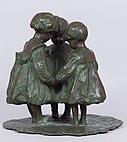
Giovanni Prini (1877) was an Italian sculptor.
This article has multiple issues. Please help improve it or discuss these issues on the talk page . (Learn how and when to remove these template messages)
|


Giovanni Prini (1877) was an Italian sculptor.
Prini trained at the Academy of Fine Arts in Genoa.
He made his debut in Turin, in 1898, presenting the sculptural group Le spose del Ligure.
He moved to Rome in 1900 and in 1902 he was among the artists who announced themselves in the guidelines of the magazine "Novissima".
Prini, a sensitive interpreter of the child's soul, sculpted groups of children who expressed great melancholy; images of a sad childhood that seemed burdened by a cruel fate. In this period he started the collaboration with Manifattura di Signa, for the production of ceramic sculptures, with children.
In 1905 he exhibited, in a personal room of the Society of Amateurs and Cultori of Rome, sketches for the monuments of Dante and Wagner, charcoal drawings, bronzes with figures of children and oil on paper Innamorati on a bench.
He later opened up to social themes, influenced by Giovanni Cena. He tackled work themes and illustrated covers for the weekly "Avanti della Domenica". His bronze of 1907, entitled The Blacksmith, entered the Quirinale collections.
He was a popular and recognized artist when he created, in 1911, the bas-relief The artist and the artistic battles which is in Rome, in front of the National Gallery of Modern and Contemporary Art. It evokes the grandeur of Michelangelo, with suggestions of classical Greek art. For an exhibition in Castel Sant'Angelo, Prini rebuilt in a plastic form historical parades, drawn from ancient engravings.
Prini carved commissioned monuments, friezes of public buildings, portals, sepulchral chapels, statues, fountains. He created the bronze group of the baptismal font in the church of Sant'Eugenio, in Rome, and the "Pietà" that is in the crypt of Church of the Divine Wisdom, of the University of Rome "La Sapienza". In Sanremo he carved a luminous fountain dedicated to Mussolini, later destroyed.
In 1923, he exhibited in Monza statues to decorate fountains, terracotta, colored statues and, with Vittorio Grassi, furnished the Music Room. At the Venice Biennale of 1930 he exhibited bronze statuettes in the jewellery section later n the hall of the Quadrennial of Rome, of 1948. His sculpture Ritratto di bimba is at the National Gallery of Modern Art in Rome. At the Vatican Museums (Collection of modern religious art) is preserved Anna , a bronze of 1939. [1]
He married Orazia Belsito, poet and painter, who opened Prini's home-studio, on Via Nomentana, to a select group of friends, intellectuals and artists, including Umberto Boccioni, the writer Sibilla Aleramo, the journalist/writer Giovanni Cena, Gino Severini, Duilio Cambellotti, the sculptor Ettore Ximenes and symbolist poet Sergio Corazzini.

Antonio Canova was an Italian Neoclassical sculptor, famous for his marble sculptures. Often regarded as the greatest of the Neoclassical artists, his sculpture was inspired by the Baroque and the classical revival, and has been characterised as having avoided the melodramatics of the former, and the cold artificiality of the latter.

Donato di Niccolò di Betto Bardi, better known as Donatello, was a Florentine sculptor of the Renaissance period. Born in Florence, he studied classical sculpture and used this to develop a complete Renaissance style in sculpture. He spent time in other cities, and while there he worked on commissions and taught others; his periods in Rome, Padua, and Siena introduced to other parts of Italy his techniques, developed in the course of a long and productive career. Financed by Cosimo de' Medici, Donatello's David was the first freestanding nude male sculpture since antiquity.

Andrea del Verrocchio, born Andrea di Michele di Francesco de' Cioni, was a sculptor, Italian painter and goldsmith who was a master of an important workshop in Florence. He apparently became known as Verrocchio after the surname of his master, a goldsmith. Few paintings are attributed to him with certainty, but a number of important painters were trained at his workshop. His pupils included Leonardo da Vinci, Pietro Perugino and Lorenzo di Credi. His greatest importance was as a sculptor and his last work, the Equestrian statue of Bartolomeo Colleoni in Venice, is generally accepted as a masterpiece.
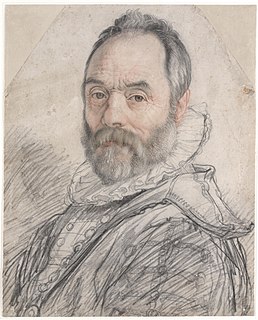
Giambologna, also known as Jean de Boulogne (French), Jehan Boulongne (Flemish) and Giovanni da Bologna (Italian), was the last significant Italian Renaissance sculptor, with a large workshop producing large and small works in bronze and marble in a late Mannerist style.
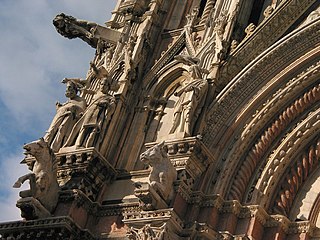
Giovanni Pisano was an Italian sculptor, painter and architect, who worked in the cities of Pisa, Siena and Pistoia. He is best known for his sculpture which shows the influence of both the French Gothic and the Ancient Roman art. Henry Moore, referring to his statues for the facade of Siena Cathedral, called him "the first modern sculptor".
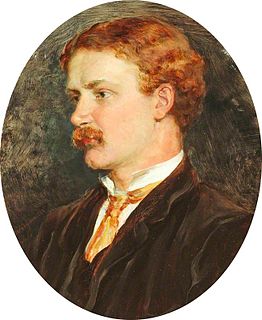
Sir William Hamo Thornycroft was an English sculptor, responsible for some of London's best-known statues, including the statue of Oliver Cromwell outside the Palace of Westminster. He was a keen student of classical sculpture and was one of the youngest artists to be elected to the Royal Academy, in 1882, the same year the bronze cast of Teucer was purchased for the British nation under the auspices of the Chantrey Bequest.

Ignazio Collino (1724–1793) was an Italian sculptor, active in the late-Baroque period, mainly in the region of the Piedmont.

Filippo della Valle was an Italian late-Baroque or early Neoclassic sculptor, active mostly in Rome.

Baroque sculpture is the sculpture associated with the Baroque style of the period between the early 17th and mid 18th centuries. In Baroque sculpture, groups of figures assumed new importance, and there was a dynamic movement and energy of human forms—they spiralled around an empty central vortex, or reached outwards into the surrounding space. Baroque sculpture often had multiple ideal viewing angles, and reflected a general continuation of the Renaissance move away from the relief to sculpture created in the round, and designed to be placed in the middle of a large space—elaborate fountains such as Gian Lorenzo Bernini‘s Fontana dei Quattro Fiumi, or those in the Gardens of Versailles were a Baroque speciality. The Baroque style was perfectly suited to sculpture, with Bernini the dominating figure of the age in works such as The Ecstasy of St Theresa (1647–1652). Much Baroque sculpture added extra-sculptural elements, for example, concealed lighting, or water fountains, or fused sculpture and architecture to create a transformative experience for the viewer. Artists saw themselves as in the classical tradition, but admired Hellenistic and later Roman sculpture, rather than that of the more "Classical" periods as they are seen today.

Vincenzo Danti was an Italian Renaissance sculptor from Perugia.

Leonardo Bistolfi was an Italian sculptor and an important exponent of Italian Symbolism.

Mario Rutelli was an Italian sculptor.
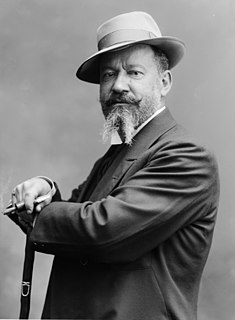
Raffaello Romanelli was an Italian sculptor, born in Florence, Italy.
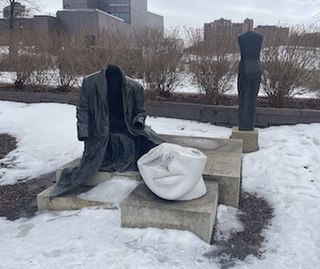
Judith Shea is an American sculptor and artist, born in Philadelphia, Pennsylvania, in 1948. She received a degree in fashion design at Parsons School of Design in 1969 and a BFA in 1975. This dual education formed the basis for her figure based works. Her career has three distinct phases: The use of cloth and clothing forms from 1974 to 1981; Hollow cast metal clothng-figure forms from 1982 until 1991; and carved full-figure statues made of wood, cloth, clay, foam and hair beginning in 1990 to present.
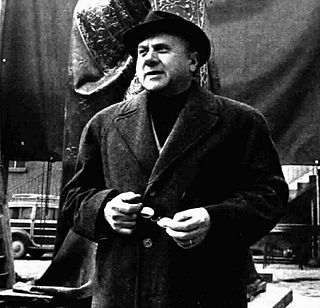
Francesco Messina was an Italian sculptor of the 20th century.
Mohammad Ghani Hikmat was an Iraqi sculptor and artist credited with creating some of Baghdad's highest-profile sculptures and monuments and was known as the "sheik of sculptors". He is also known as an early member of Iraq's first 20th-century art groups, including Al-Ruwad and The Baghdad Modern Art Group; two groups that helped to bridge the gap between tradition and modern art. He was also instrumental in recovering many of Iraq's missing artworks, which were looted following the 2003 invasion.

Tommaso Solari was an Italian sculptor active in a Romantic-style.

Ambrogio Brambilla was an Italian engraver and cartographer, mainly active in Rome.

Nicola Rubino was an Italian sculptor and painter.

John Francis Kavanagh was an Irish sculptor and artist. In 1930 he was awarded the British School at Rome Scholarship in Sculpture.